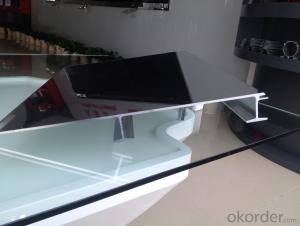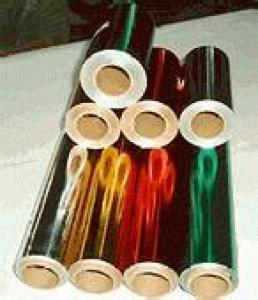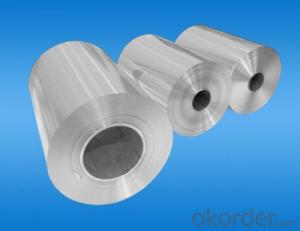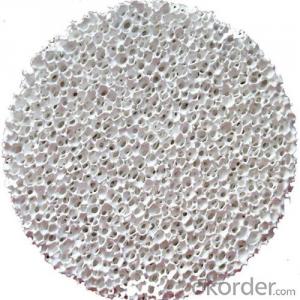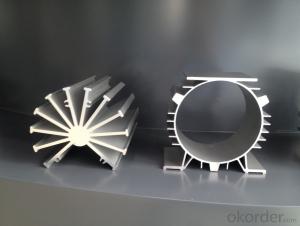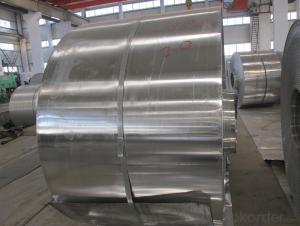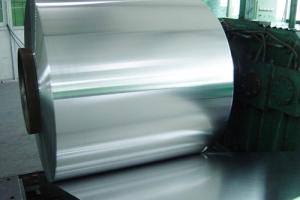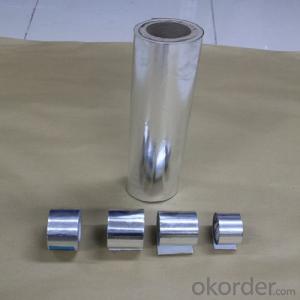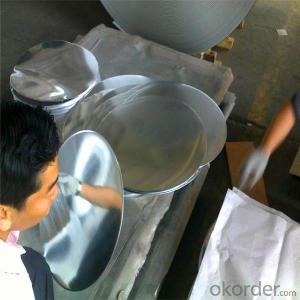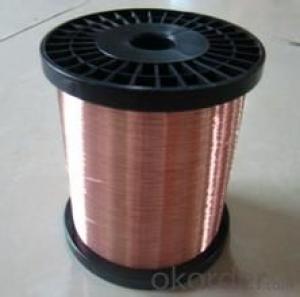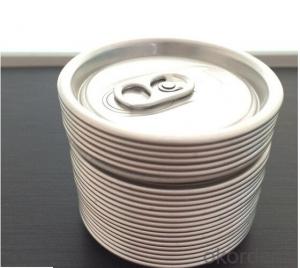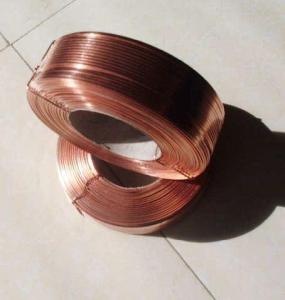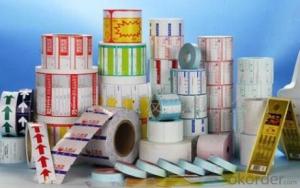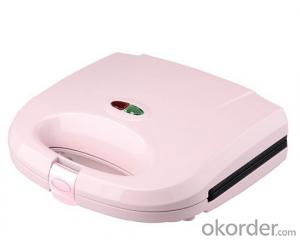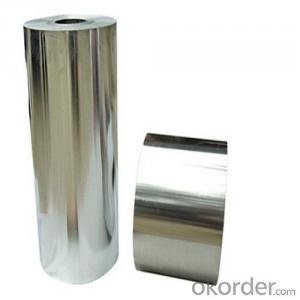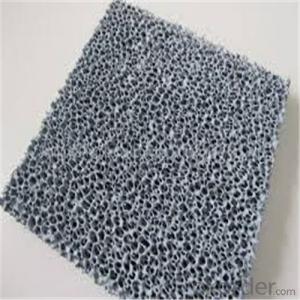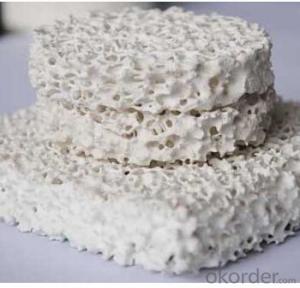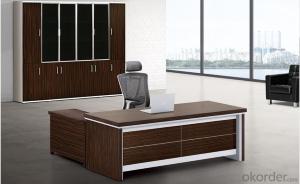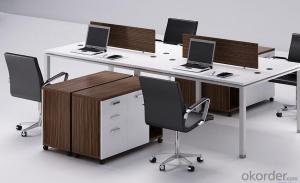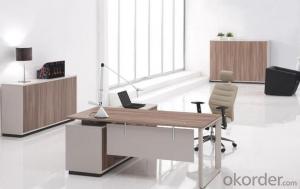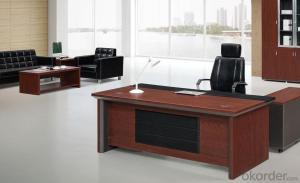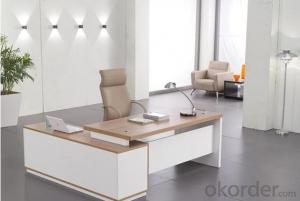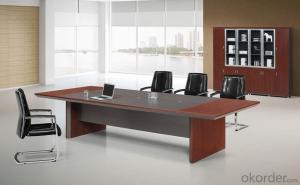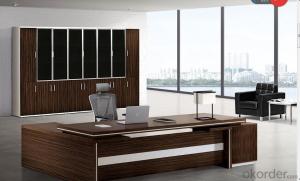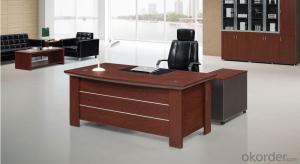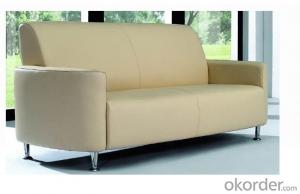Aluminum Cold Plate Beer
Aluminum Cold Plate Beer Related Searches
Aluminum Cold Plate Aluminum Cooling Plate Aluminum Vin Plate Aluminum Metal Plate Aluminum Heater Plate Aluminum Caul Plate Aluminum Plate Heater Aluminum Grill Plate Aluminum Hot Plate Copper Plate Aluminum Aluminum Paper Plate Black Aluminum Plate Aluminum Cake Plate Aluminum Wall Plate Aluminum Plenum Plate Aluminum Cheese Plate Aluminum Pie Plate Cold Rolled Steel Plate Aluminum Motor Plate Aluminum Diamond Plate Cooler Aluminum Base Plate Aluminum Bow Plate Aluminum Plate Metal Aluminum Round Plate Aluminum Oxide Plate Cold Forming Aluminum Aluminum Heel Plate Bending Aluminum Plate Kaiser Aluminum Plate Aluminum Pressure PlateAluminum Cold Plate Beer Supplier & Manufacturer from China
Aluminum Cold Plate Beer is a specialized product designed for keeping beverages chilled and refreshing. This innovative product is crafted from high-quality aluminum, which provides excellent thermal conductivity, ensuring that your drinks stay cold for an extended period. The sleek and modern design of the Aluminum Cold Plate Beer makes it perfect for both indoor and outdoor events, as well as for personal use at home.The application and usage scenarios for Aluminum Cold Plate Beer are vast, making it a versatile choice for various occasions. It is ideal for parties, barbecues, picnics, and other social gatherings where keeping drinks cool is essential. Additionally, it can be used in bars, restaurants, and cafes to maintain the optimal temperature of beverages, enhancing the overall customer experience. The Aluminum Cold Plate Beer is also a practical solution for individuals who enjoy a cold drink after a long day, providing a convenient way to chill their beverages without the need for a refrigerator.
Okorder.com is a reputable wholesale supplier of Aluminum Cold Plate Beer, boasting a large inventory to cater to the demands of various customers. As a reliable source for this product, Okorder.com offers competitive prices and fast shipping, ensuring that customers receive their orders promptly and in excellent condition. By partnering with Okorder.com, businesses and individuals can easily access the Aluminum Cold Plate Beer, benefiting from its cooling properties and enhancing their beverage-serving experience.
Hot Products





